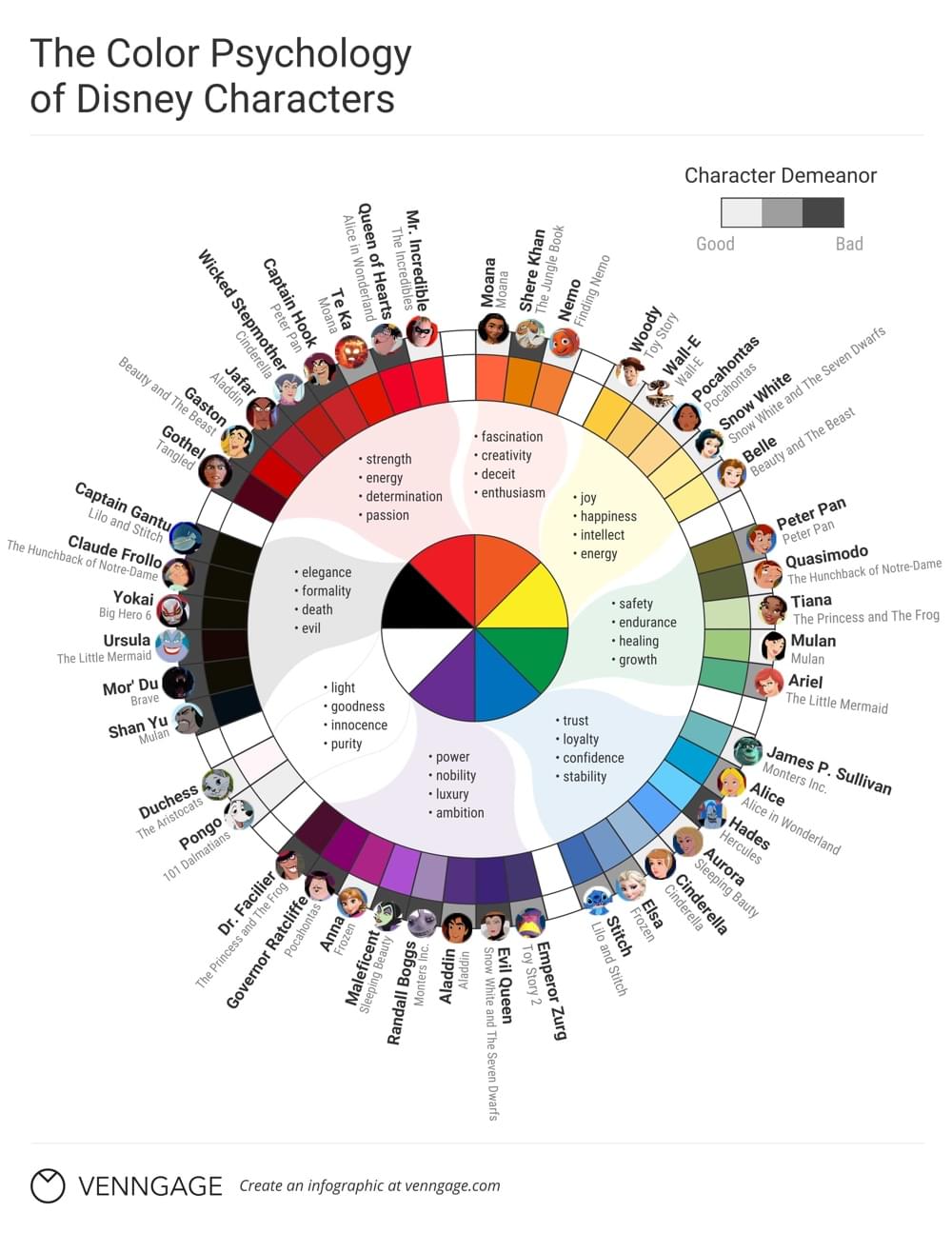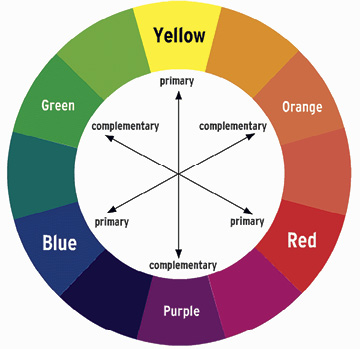

For example when a child ColorWell tools. licheniformis monoculture, and 306.9- and 83.3-fold increase with respect to the B. Each ColorWell tool contains child collection of ColorWell tools, and color changes propagate up the chain. This corresponds to 257.4- and 59.5-fold enhancement in CMCase and FPase activity, respectively, over B. The maximum CMCase and FPase produced under the above conditions were 79.8 U/mL and 12.5 U/mL, respectively. Optimal conditions for cellulase production by this co-culture were a temperature of 45 ☌, and pH 7 at 180 rpm in a medium containing rice bran at 1% (w/v) and chicken manure as nitrogen supplement at 2% (w/v). The synergistic behavior of the two isolates might be due to the consumption of hydrolysis product (glucose, cellobiose) by one or both of the isolates, which improved their metabolic performance for cellulase secretion. paralicheniformis monocultures, respectively. Using a medium supplemented with microcrystalline cellulose (MCC), in the co-culture, CMCase and FPase activities increased 8.87- and 2.28-fold and 10.15- and 3.20-fold over B. Single cultures and co-cultures of Bacillus licheniformis and Bacillus paralicheniformis isolated from compost were evaluated for their carboxymethyl cellulase (CMCase) and filter paperase (FPase) production potential.


The potential probiotic features of these strains, as well as their beneficial impact on corn fermentation shown in this study, encourage further studies as enhancers in animal production. All treatments reduced gas losses when compared with the UN group. Additionally, CRL1446 increased in vitro DM degradability by 10%. johnsonii ETC150 and CRL1446 not only induced similar ADF reduction but also reduced dry matter (DM) loss (by 7.3% and 6.5%, respectively) compared with the UN group. Nevertheless, results in whole-corn mini silos indicated that, although acid detergent fiber (ADF) was significantly reduced by this strain (3% compared with the uninoculated (UN) group), L. johnsonii ETC187 might have a better inoculant and probiotic aptitude. FAE activity quantification, probiotic characterization, and growth in maize aqueous extract indicated that L. Limosilactobacillus fermentum CRL1446, a human probiotic isolated from goat cheese, was also included in the experiments as a potential silage inoculant. In this work, three FAE+ Lactobacillus (L.) johnsonii strains were isolated from caprine feces and characterized according to their potential probiotic characteristics and as silage inoculants. Ferulic acid esterase (FAE+)-producing lactobacilli are being studied as silage inoculants due to their potential of increasing forage fiber digestibility.


 0 kommentar(er)
0 kommentar(er)
